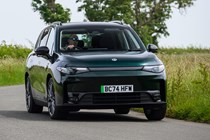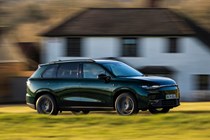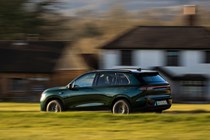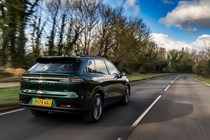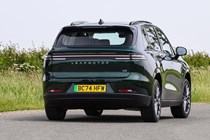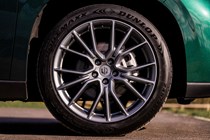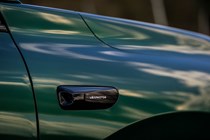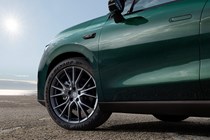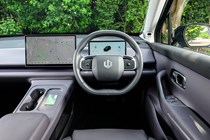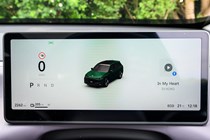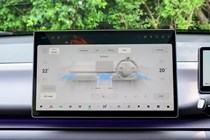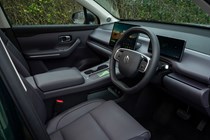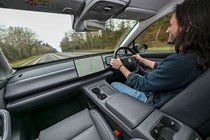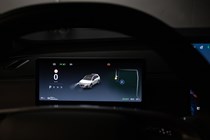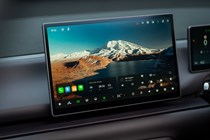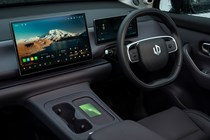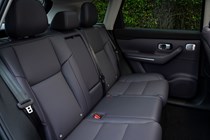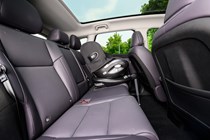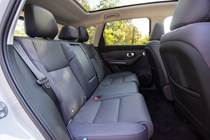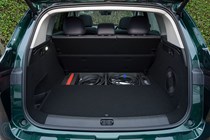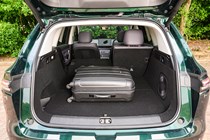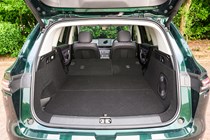LEAPMOTOR C10 engines, drive and performance
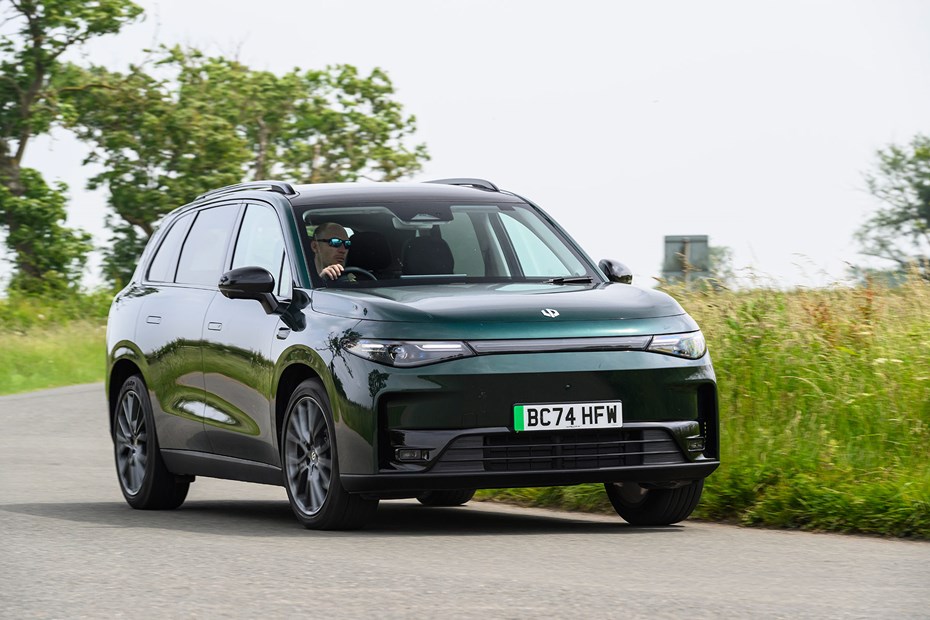
- Only one powertrain available
- The Leapmotor C10 is electric only
- Rapid performance as standard
Leapmotor C10 electric motors and batteries
Leapmotor is a new, all-electric brand and this means your shopping choices are straightforward: there is only one powertrain choice available, so your decisions in the showroom are remarkably easy and stress-free.
There is just one derivative on sale in the UK and that brings a 160kW electric motor (equivalent to 218hp in old money) powered by a 70kWh lithium ferro-phosphate (LFP) battery. That’s quite a generous output considering the price, and the C10 is capable of the 0-62mph sprint in just 7.5 seconds with top speed capped at 106mph.
Of rather more importance in an electric vehicle (EV) is the associated recharging performance: the C10 can charge from 30-80% in 30 minutes, according to Leapmotor, but it’s worth noting that the maximum charging speed at a rapid DC public charger is just 84kW – significantly slower than the class best which now surpass 350kW (assuming you can find a sufficiently juicy charger, of course…).
This is one of the slower charging rates of any EV. Plug in at home to a domestic wallbox and the overnight charge will take 6.1 hours, says Leapmotor.
The range of the Leapmotor C10 is claimed to be 263 miles and the official WLTP combined efficiency stands at 3.4 miles per kilowatt hour. Happily, our week-long test of the car in the summer proved that to be a very credible economy figure – we averaged exactly 3.4 and pushed that efficiency up to 3.8 miles per kilowatt hour on a gentler school run.
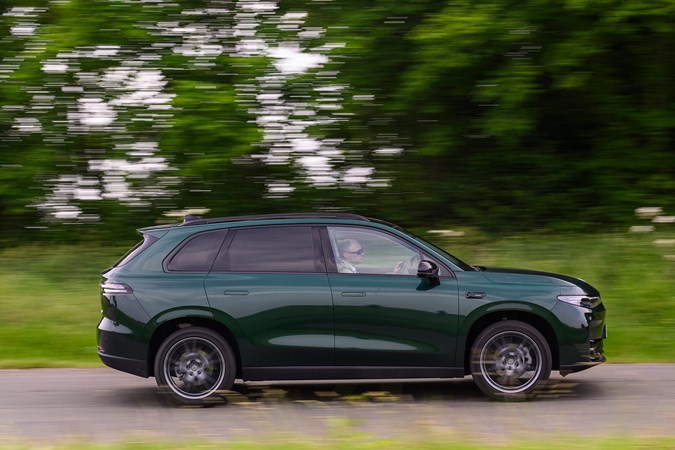
We never saw more than 230 miles showing on the range meter, during a warm summer test. Tellingly, there is only a distance to empty range in miles on the dashboard – and no percentage showing remaining battery charge.
What’s it like to drive?
- C10 is simple and easy to drive
- Dynamics not its strongest suit
- Steering listless and brakes grabby
The Leapmotor C10 is a fair crossover to drive – it’s just lacking the polish that seems to have been applied to its accommodation, digital creds and packaging. Is that a missed opportunity? Perhaps, but we suspect this fledgling Chinese car brand has done its market research and knows that more buyers value digital trickery and roominess over handling deftness these days.
The biggest problem we encountered was the brakes, which are heavily over-servoed. This means that when we first climbed onboard and prodded the left pedal, we stopped far more vigorously than we were expecting. You do eventually adapt, but the brake feel is lacking and the calibration of deceleration is too on/off for our liking.
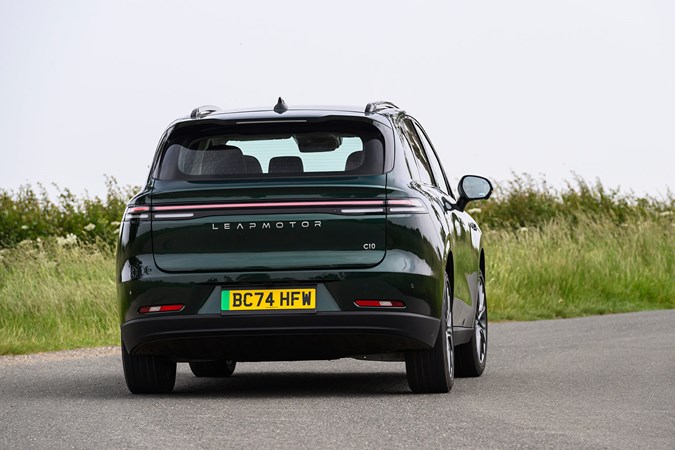
All of the major controls are lacking in subtlety: the steering is listless and devoid of any feel and feedback, while the chassis set-up is perfunctory: the car has commendably brisk acceleration, as that rapid 0-62mph time attests, but there is little class to the way it stops, steers or goes around corners.
This is probably fine for many drivers, but at Parkers we like to commend cars that excel in every discipline and – hand on heart – the C10 does not deliver dynamically.
We liked the adjustability of the regenerative braking (where drivers back off the accelerator, triggering regen braking as the kinetic energy is harnessed to top up the battery). Choose from Eco, Sport and Standard modes, each bringing a different flavour to the driving experience, as microchips adjust the throttle, regen and steering assistance. The problem is, none of them have quite the right combination of parameters to make us recommend the C10 as a slick-driving crossover.


